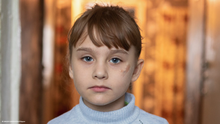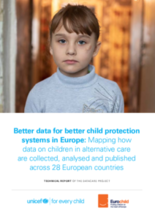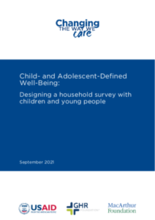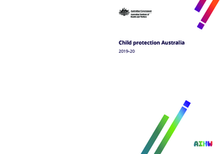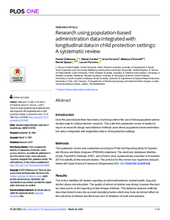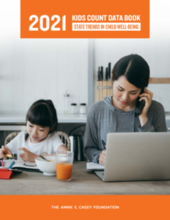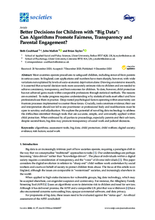Displaying 21 - 30 of 550
The DataCare Project was launched by Eurochild with support from UNICEF in March 2020. The project aims to carry out a comprehensive mapping of child protection data systems across the 27 Member States of the European Union (EU) and the UK. In addition to providing an overview of the situation of children in alternative care in Europe, this project aims to inform EU efforts to agree to comparable benchmarks and indicators to monitor progress in child protection reforms across Europe.
This report was conceptualised jointly by Eurochild and the UNICEF Europe and Central Asia Regional Office (ECARO) and builds on the Eurochild report on alternative care in Europe published in 2009. It also includes a full set of country profiles.
This report describes the process used for designing and facilitating focus group discussions with children and young adults, that informed the household survey design.
Accurate and reliable data on children living in residential care institutions are essential. However, these children are not identified through household surveys and, as a result, are not typically included in official national statistics on key indicators of child well-being. This includes indicators that comprise global monitoring frameworks, such as the Sustainable Development Goals. To help address this data gap, UNICEF has developed the first-ever comprehensive package to collect data on children living in residential care settings. Claudia Cappa, Senior Adviser for Statistics and Monitoring, Data and Analytics Section, DAPM/UNICEF HQ, explains more.
This report presents statistics on state and territory child protection and family support services, and selected characteristics of children receiving these services.
Over the past decade there has been a marked growth in the use of linked population administrative data for child protection research. This is the first systematic review of studies to report on research design and statistical methods used where population-based administrative data is integrated with longitudinal data in child protection settings.
This series of 3 training sessions is based on the newly developed handbook on “Civil Registration, Vital Statistics, Identity Management: Communication for Development targeting CRVS practitioners in LMICs,” which provides guidance on the use of different tools to research, design, implement strategies and measure Social and Behavior Change/ Communication for Development.
The 32nd edition of the Annie E. Casey Foundation's KIDS COUNT® Data Book describes how children across the United States were faring before — and during — the coronavirus pandemic.
This article examines the reasons that child protection has not achieved gains made within comparable professions through statistical methods.
This video is a recording of the virtual launch of the data collection protocol on children in residential care, held by UNICEF on 3 December 2020.

